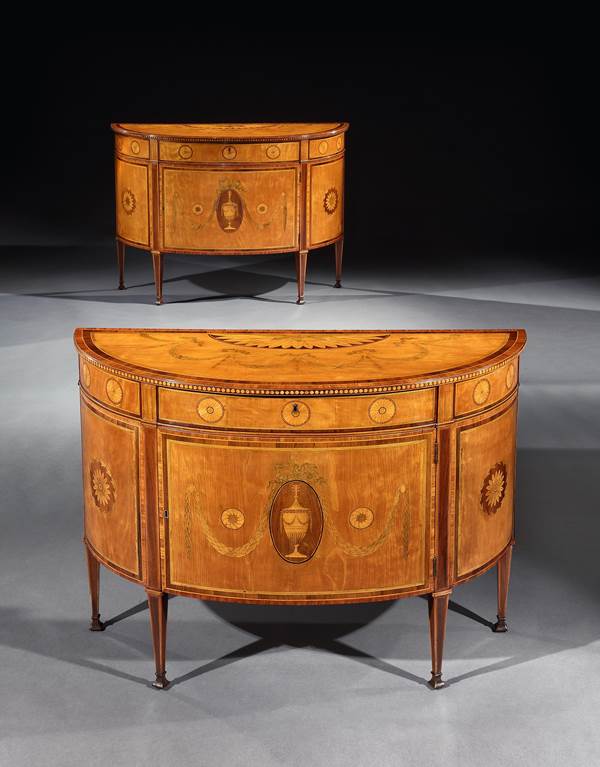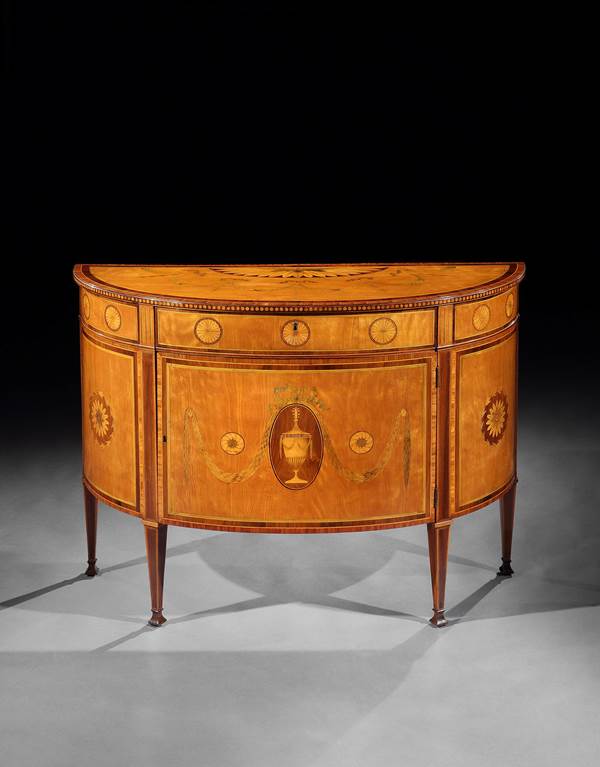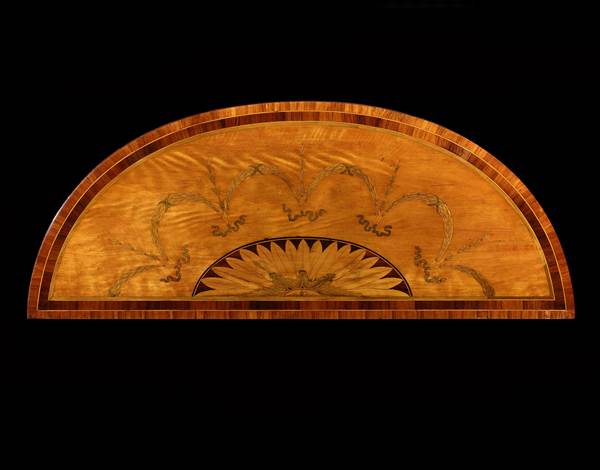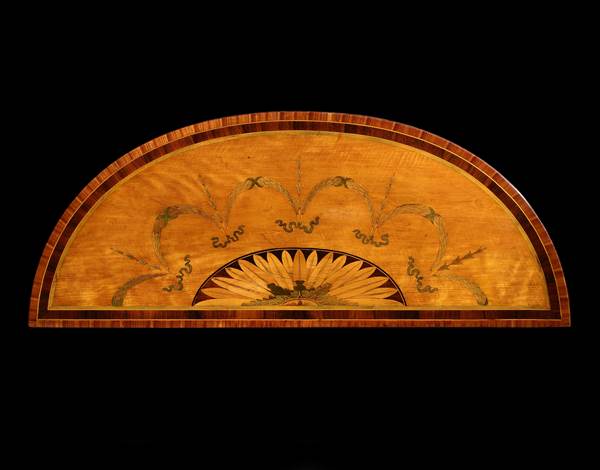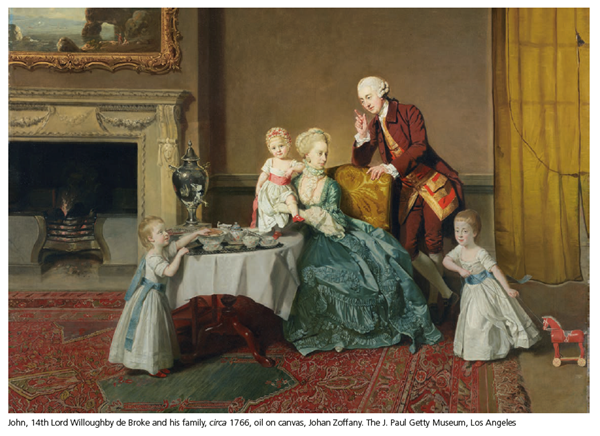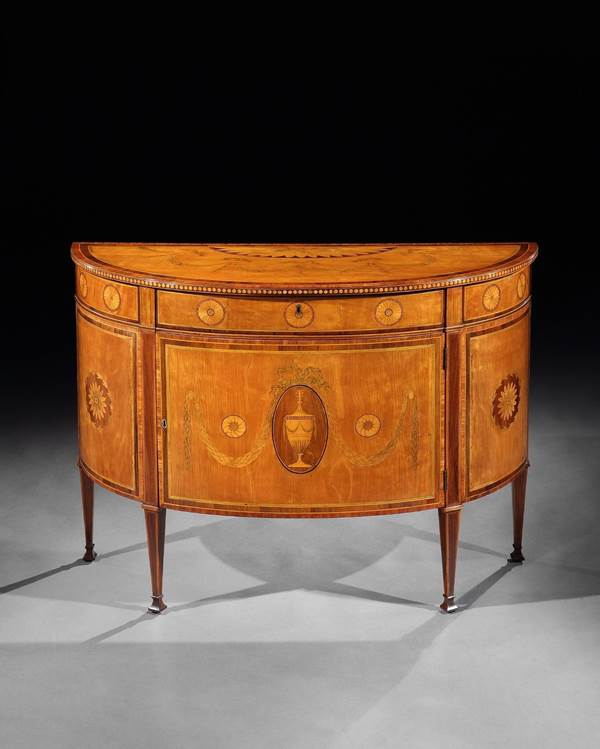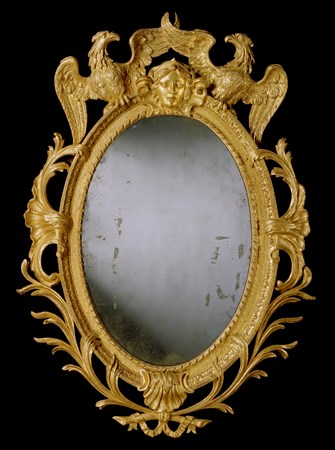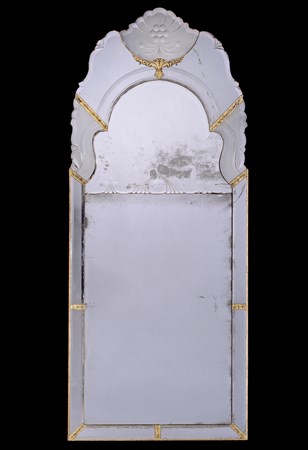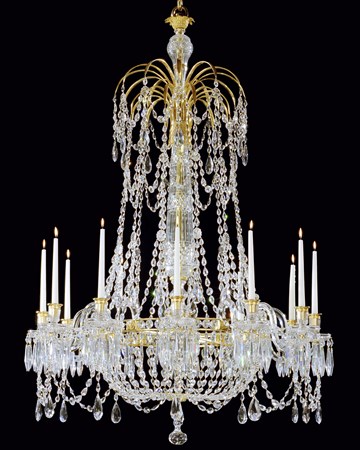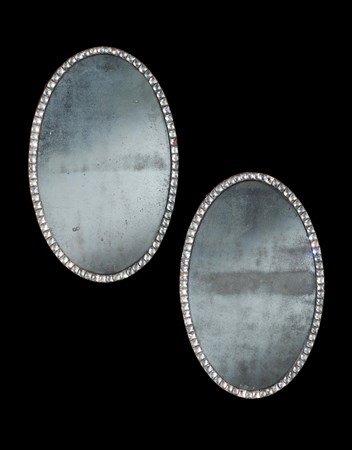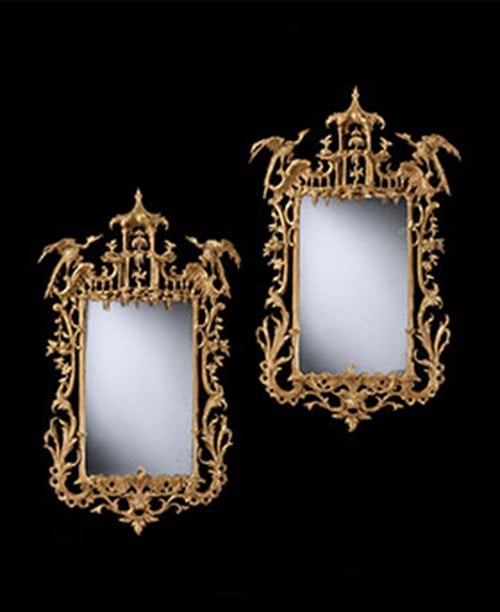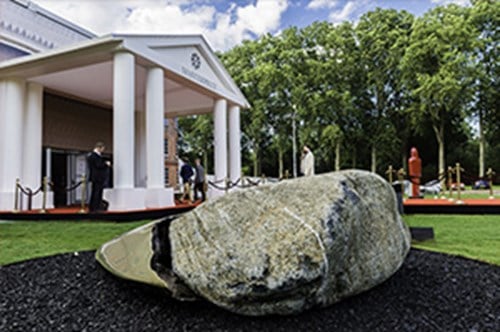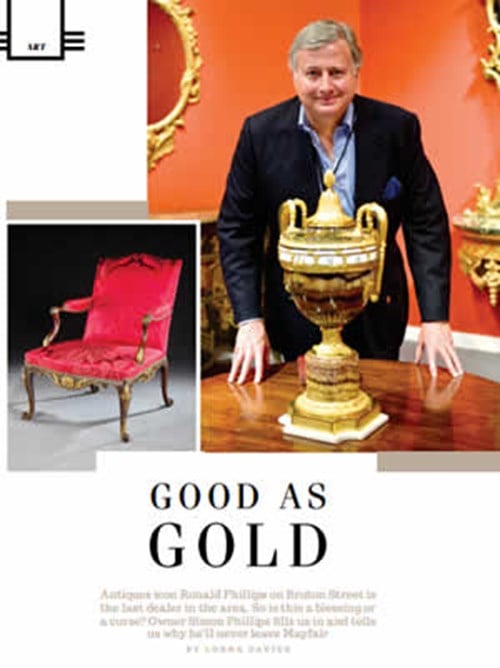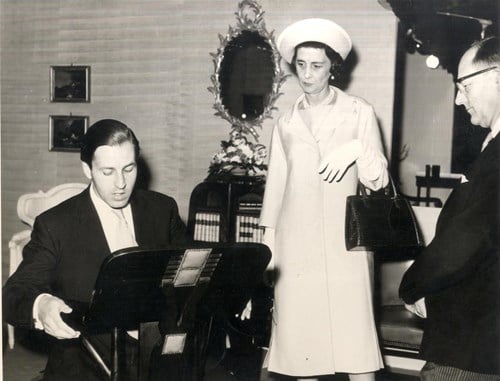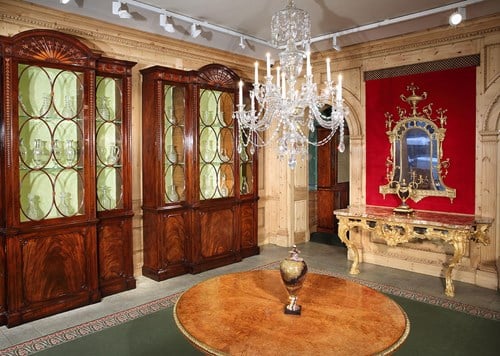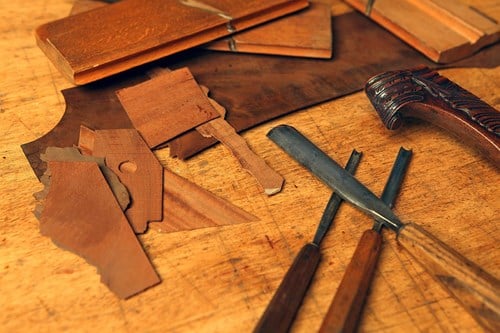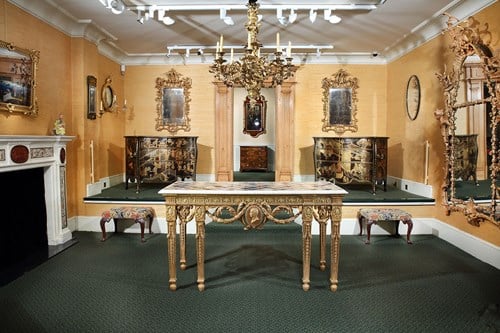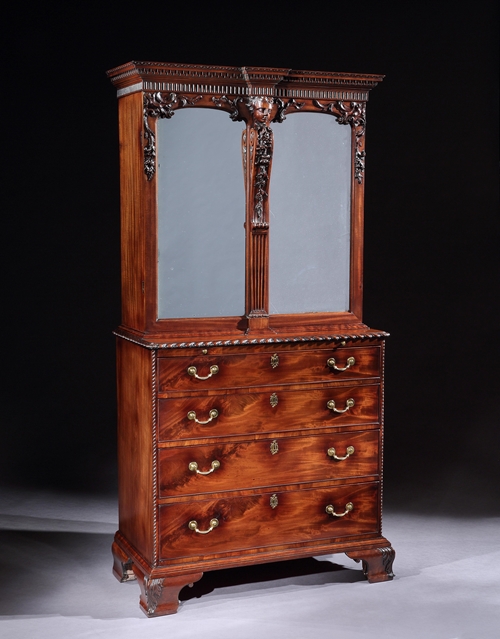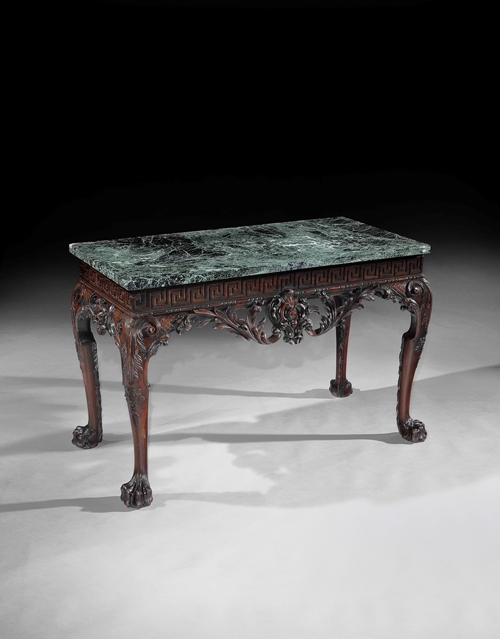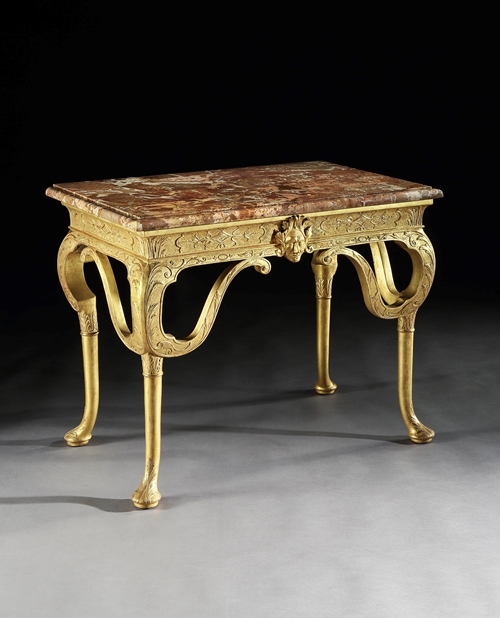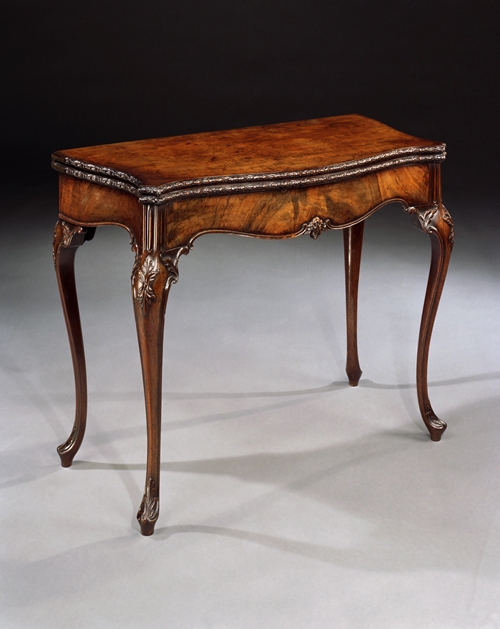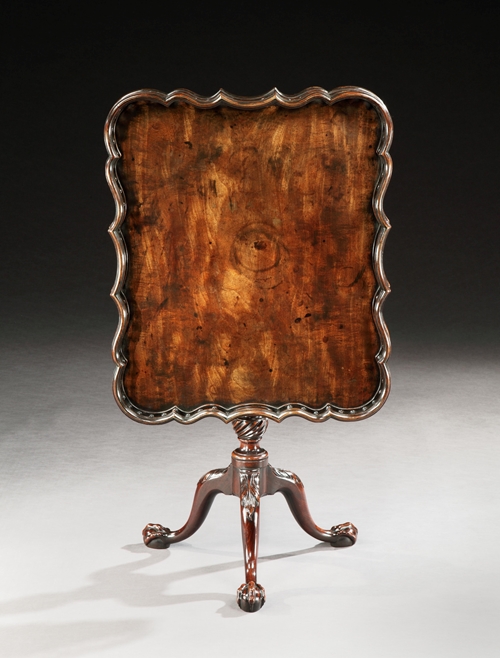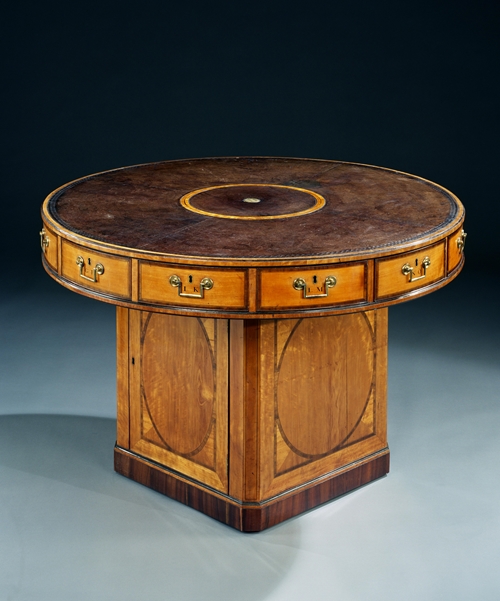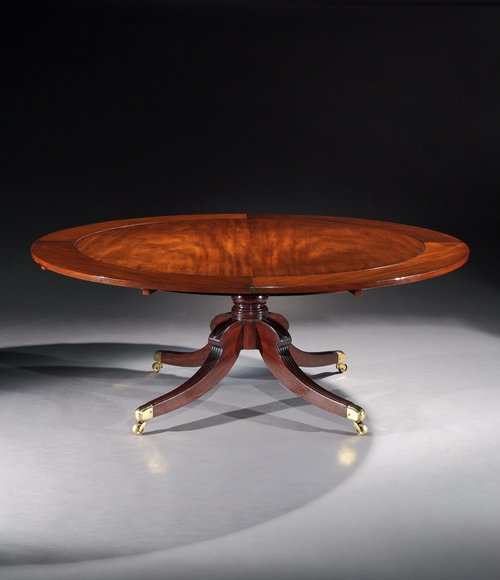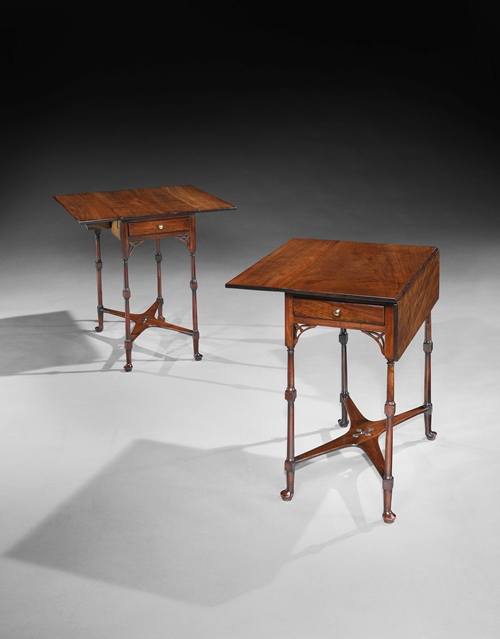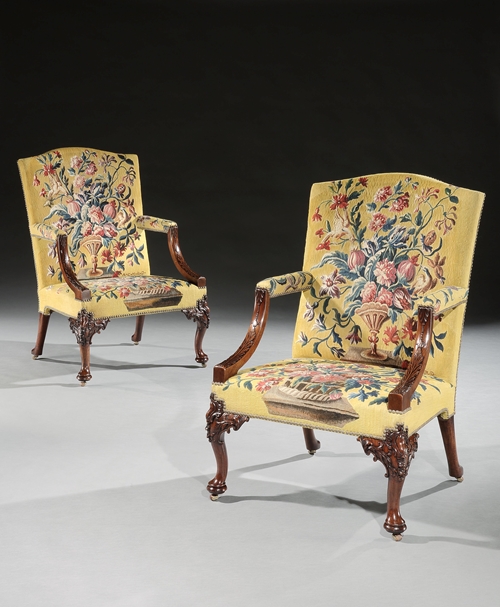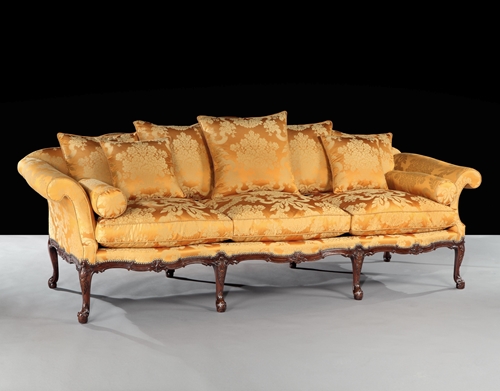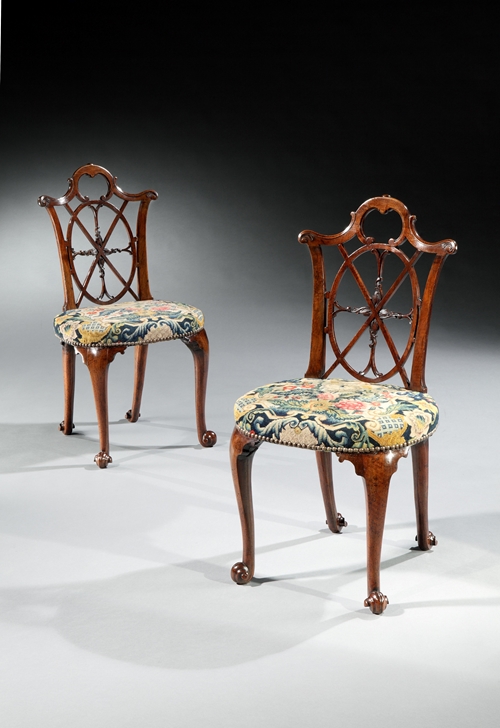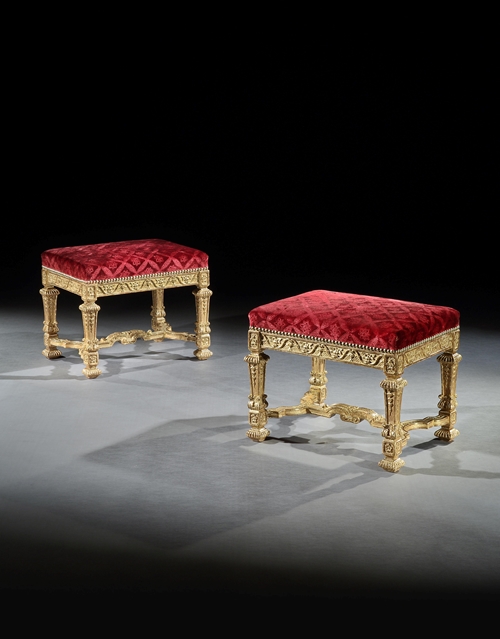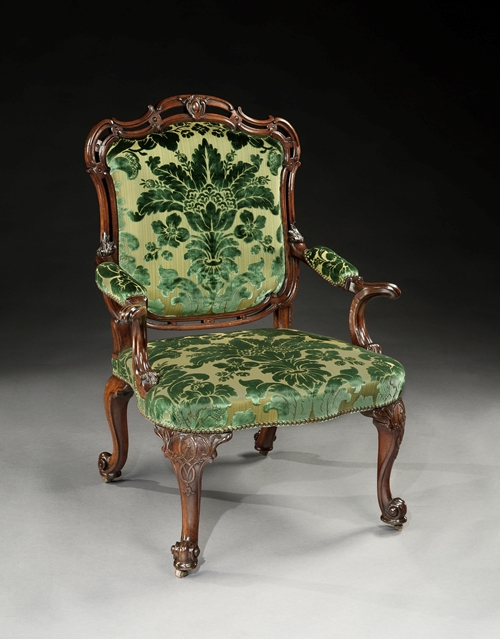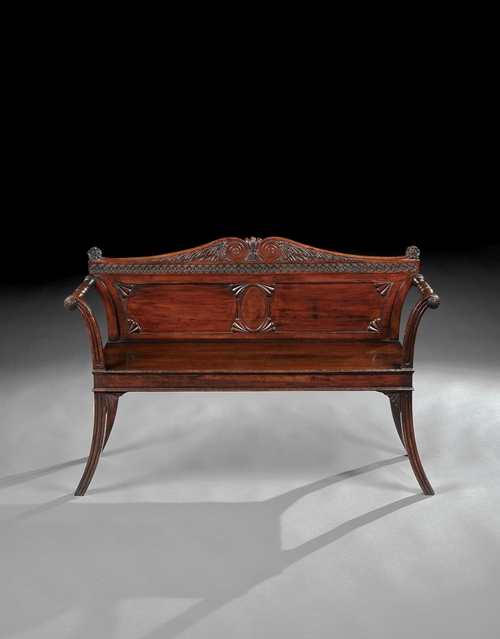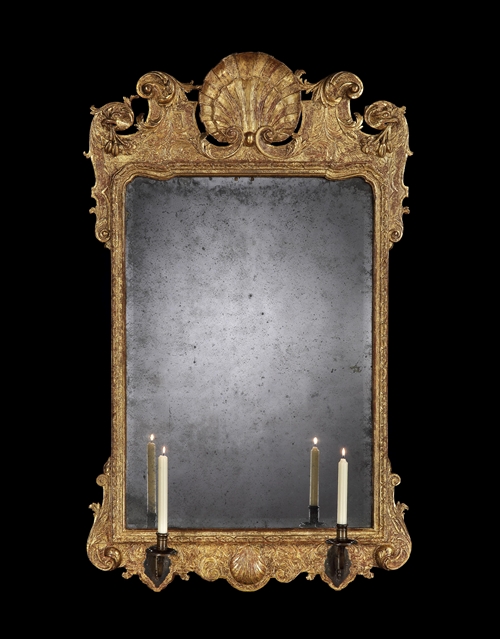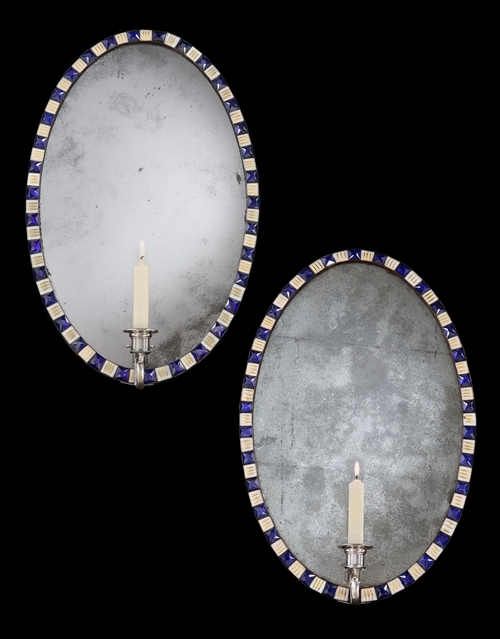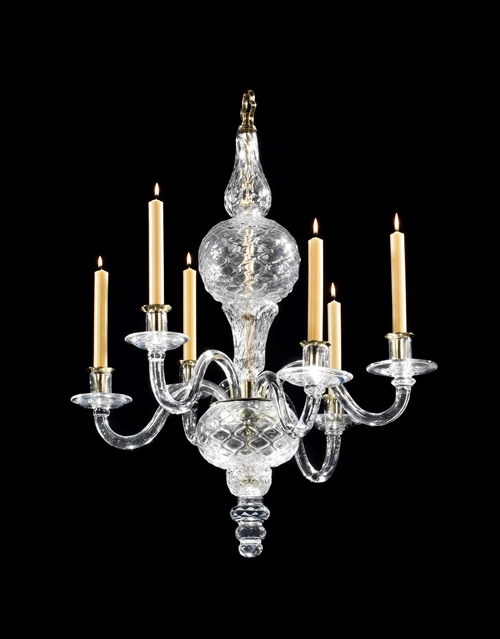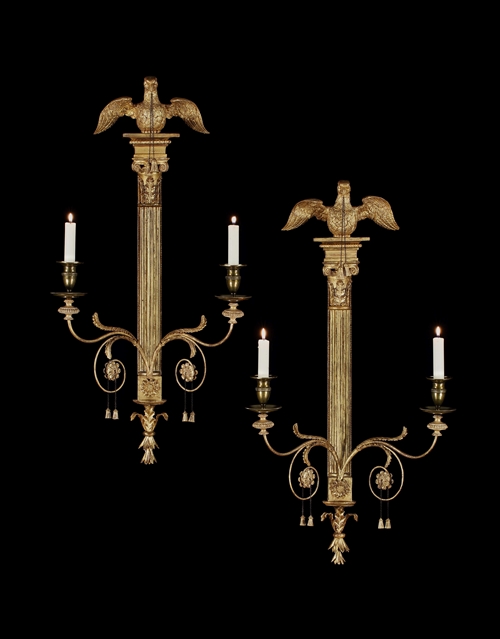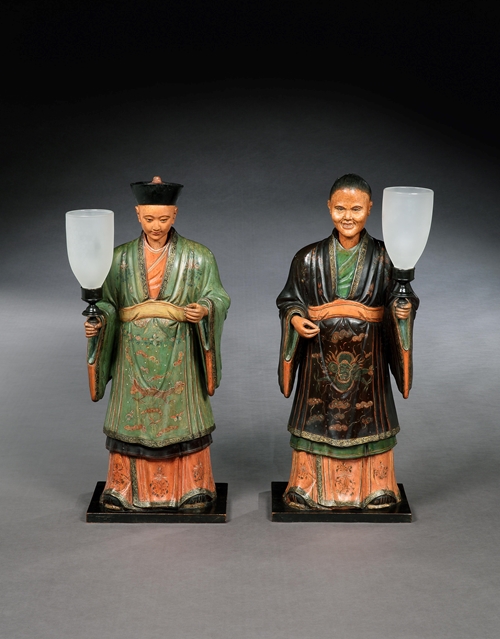A pair of George III semi-elliptic satinwood commodes by Mayhew & Ince.
Note: The side panels of one commode were at some stage converted to doors and subsequently changed back to panels. A central drawer in the frieze, also created at some later stage, has been retained.
The feet have been tipped, reinstating the commodes to their original height and following a typical Mayhew & Ince design for moulded feet.
John, 14th Baron Willoughby de Broke married Louisa North, sister of the Prime Minister, Lord North, 1761. He engaged Robert Adam for alterations to Compton Verney, probably through the connection with Lord North. This was one of Adam's first commissions.
Robert Adam added a new drawing room to the house. It wa for this room that the commodes were supplied by Mayhew & Ince in 1767.
A single payment to John Mayhew for £28 15s 6d is recorded in Hoare's Bank's ledgers for the 14th Baron Willoughby de Broke on 29 May 1767.
The commodes are to date the earliest known pair of demi-lunecommodes in the neoclassical style. Robert Adam may well have had influence on the conception of the commodes. His earliest recorded design for a demi-lune commode is only three years later.
A watercolour painting circa 1790 by an anonymous artist of a garden view seen through a window from an interior includes a depiction of the commodes. The view of the garden with a lake in the background identifies the interior as the drawing room at Compton Verney.
A painting by Johan Zoffany, now in the J. Paul Getty Museum in California, depicts the family taking tea in the drawing room at Compton Verney. A striking Persian carpet and a fire burning in the fireplace next to a window with drawn curtains create a comfortable setting. The drawing room is the only room in the house with a fireplace next to a window. The commodes would have stood on the other side of the room. The window in Zoffany's painting overlooked the courtyard, which may be why the curtains were drawn.
The Persian carpet in the Zoffany painting also features in the watercolour, linking the two pictures and further indicating that they do indeed both represent the drawing room at Compton Verney.
Literature:
Norfolk Chronicle, 10 August 1776, no page no.
Arthur Bolton, The Architecture of Robert and James Adam, 1992, vol. I, pp. 216-28; floor plan of Compton Verney with Robert Adam's additions shown in bold.
R. W. Symonds, 'Inlaid furniture in the neo-classical style', Connoisseur, June 1956, pp. 24-9.
Geoffrey Beard and Christopher Gilbert, The Dictionary of English Furniture Makers 1660-1840, 1986, pp. 589-93.
Illustrated:
Frank Partridge Inc., 'A Group of Fine Specimens Assembled From The New York Collection', catalogue, New York 1947, no page no., pl. 4.
Lucy Wood, Catalogue of Commodes, 1994, p. 12, fig. 11.
-
Provenance
John, 14th Baron Willoughby De Broke, Compton Verney House, Warwickshire, England.
Remained at Compton Verney until 1931.
Frank Partridge Inc., New York, USA.
Private collection, USA.
Christie's, London, 9 July 1992, lot 111.
Private collection, England.
Christie's, London, 19 November 1993, lot 186.
Private collection, Europe.
Looking for something similar? YOU MAY ALSO LIKE
YOU HAVE RECENTLY VIEWED ITEMS
Make an enquiry
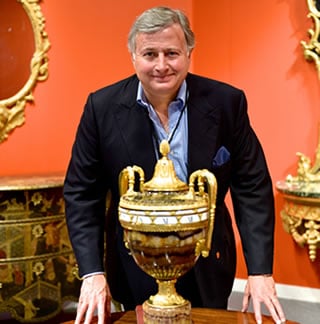
- CAN WE HELP YOU?
- +44 (0)20 7493 2341
- [email protected]
